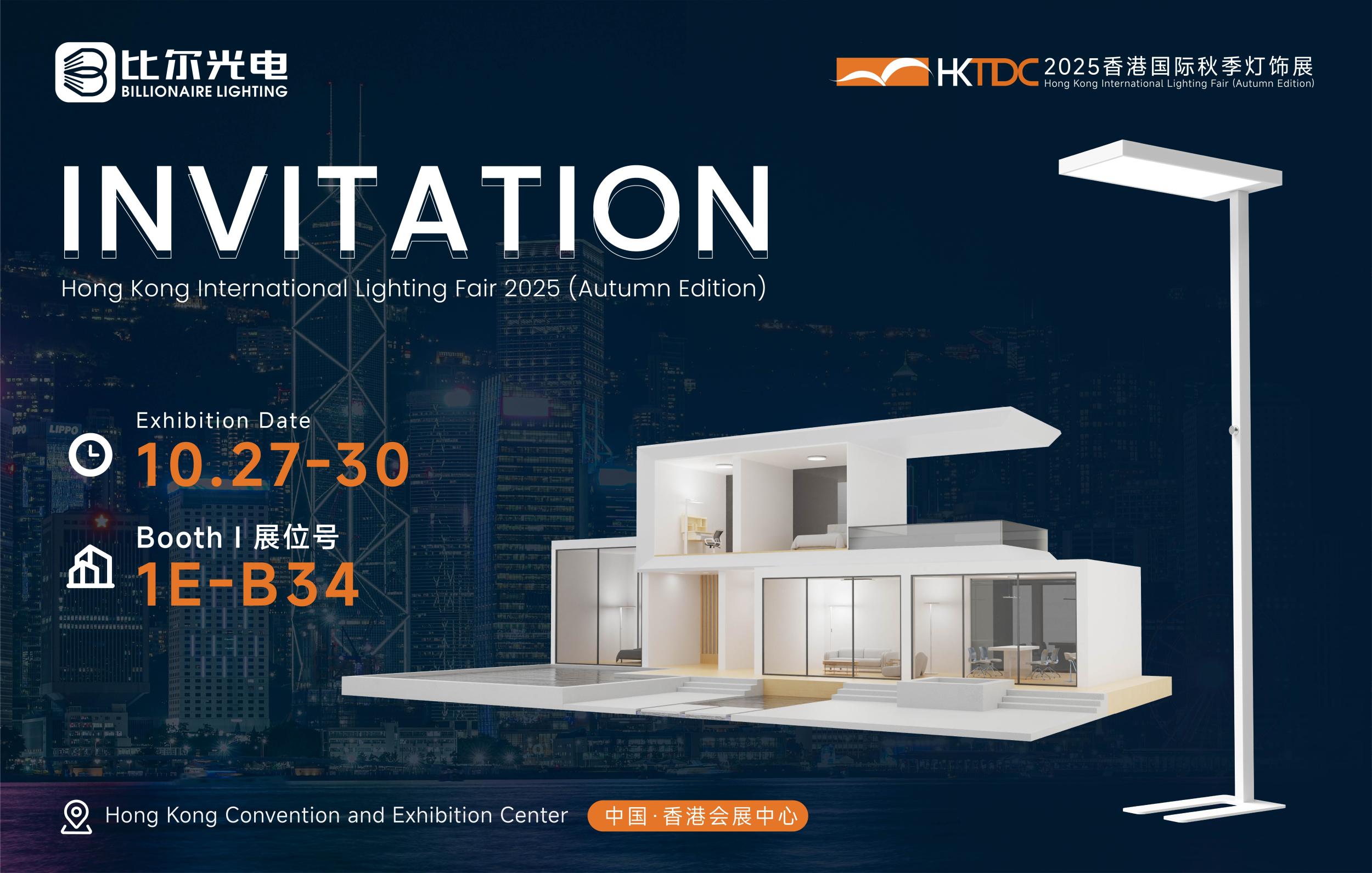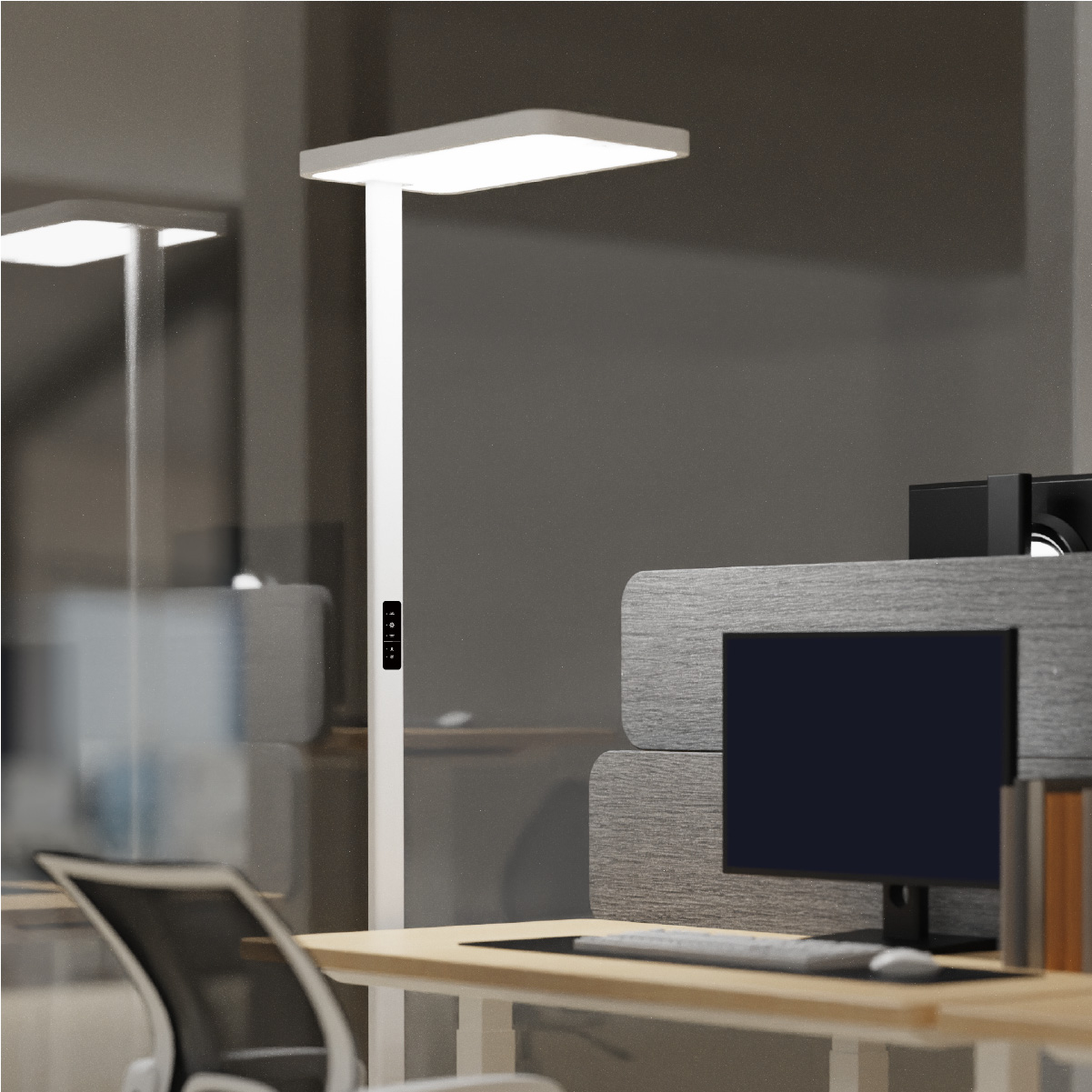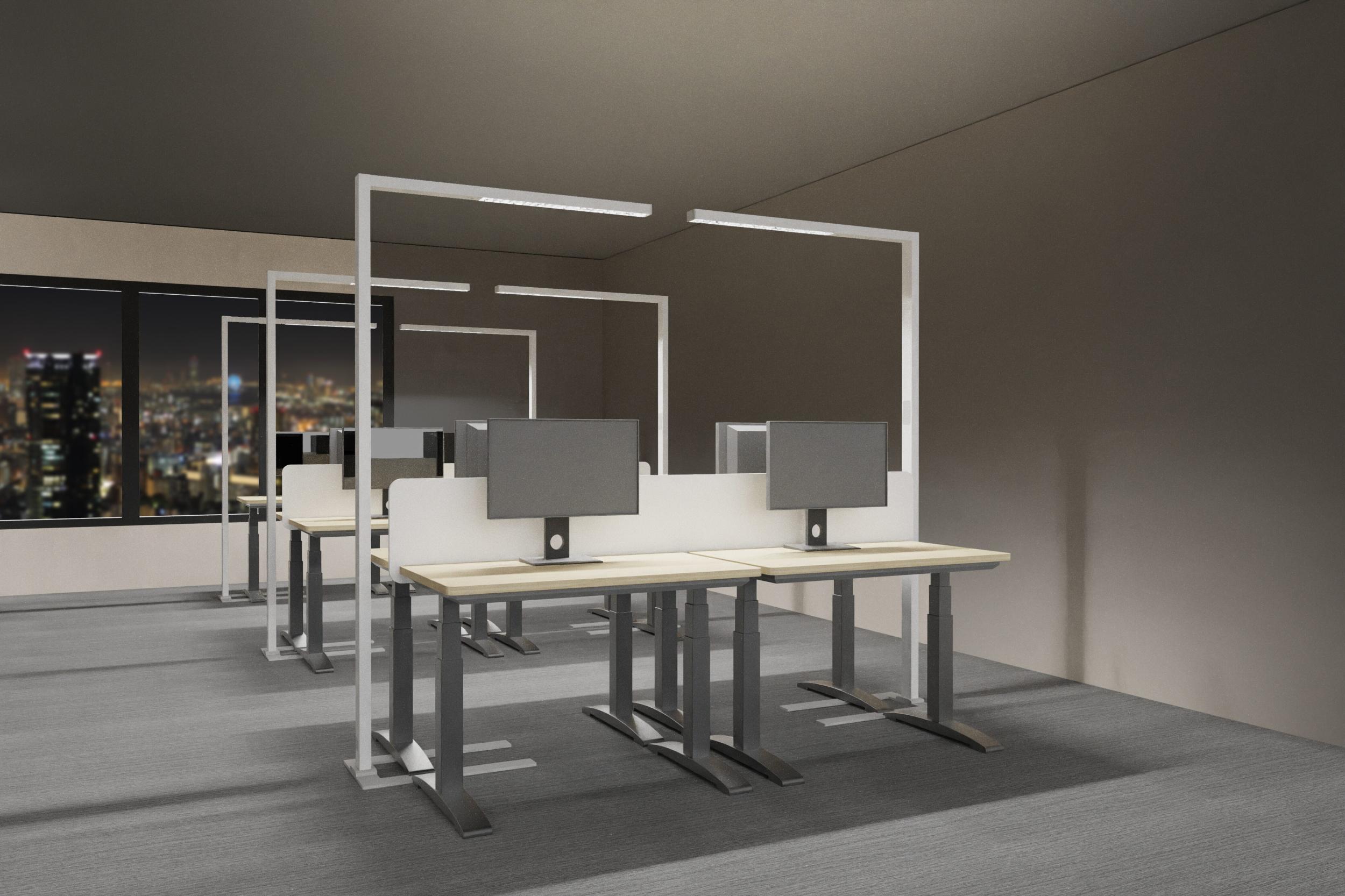Modern office LED lighting has revolutionized workplace design by prioritizing efficiency, aesthetics, and employee well-being. Unlike outdated fluorescent or incandescent systems, today’s LED solutions offer tailored illumination that enhances focus, reduces eye strain, and complements contemporary architectural styles. From modular ceiling panels to ergonomic desk lamps, these lights are designed to meet the diverse needs of open-plan offices, private cabins, and collaborative workspaces.
One of the most significant advancements is the shift toward human-centric lighting (HCL), which mimics the natural light cycle. LED panels with tunable white technology adjust color temperature from cool daylight (6500K) in the morning to warm amber (2700K) in the evening, aligning with circadian rhythms to boost alertness during peak work hours and promote relaxation as the day ends. This dynamic lighting has been shown to improve productivity by up to 15% and reduce absenteeism by minimizing seasonal affective disorder (SAD) in windowless offices.
Design-wise, modern office LED lights embrace minimalism and versatility. Slim, recessed ceiling tiles or linear pendant lights create a clean, uncluttered look, while surface-mounted fixtures with geometric shapes add visual interest. Many companies opt for customizable lighting grids that allow teams to rearrange workstations without rewiring, as LED modules can be easily repositioned or upgraded. For task lighting, adjustable LED desk lamps with USB-C ports and cable management systems keep workspaces tidy while providing focused illumination for detailed tasks.
Energy efficiency remains a cornerstone of modern office LED solutions. High-lumen-output fixtures (up to 150 lumens per watt) use 50–70% less energy than traditional lights, translating to substantial cost savings over time. Combined with occupancy sensors and daylight harvesting, these systems can achieve net-zero energy goals for many offices. Additionally, LED lights have a lifespan of 50,000+ hours, reducing maintenance costs and waste from frequent bulb replacements.
Ergonomic considerations are also paramount. Modern LED lights are designed to eliminate glare and flicker, with anti-glare diffusers and low-UGR (Unified Glare Rating) ratings. This is crucial for employees who spend hours in front of screens, as harsh lighting can cause migraines and digital eye strain. Some advanced fixtures even incorporate ambient light sensors that automatically balance brightness levels between computer displays and surrounding illumination.
In conclusion, modern office LED lighting is not just a utility but a strategic investment in employee performance and sustainability. By integrating cutting-edge technology, adaptable designs, and human-centric principles, these systems create workspaces that are both functional and inspiring, driving productivity while supporting the health and well-being of the modern workforce.



